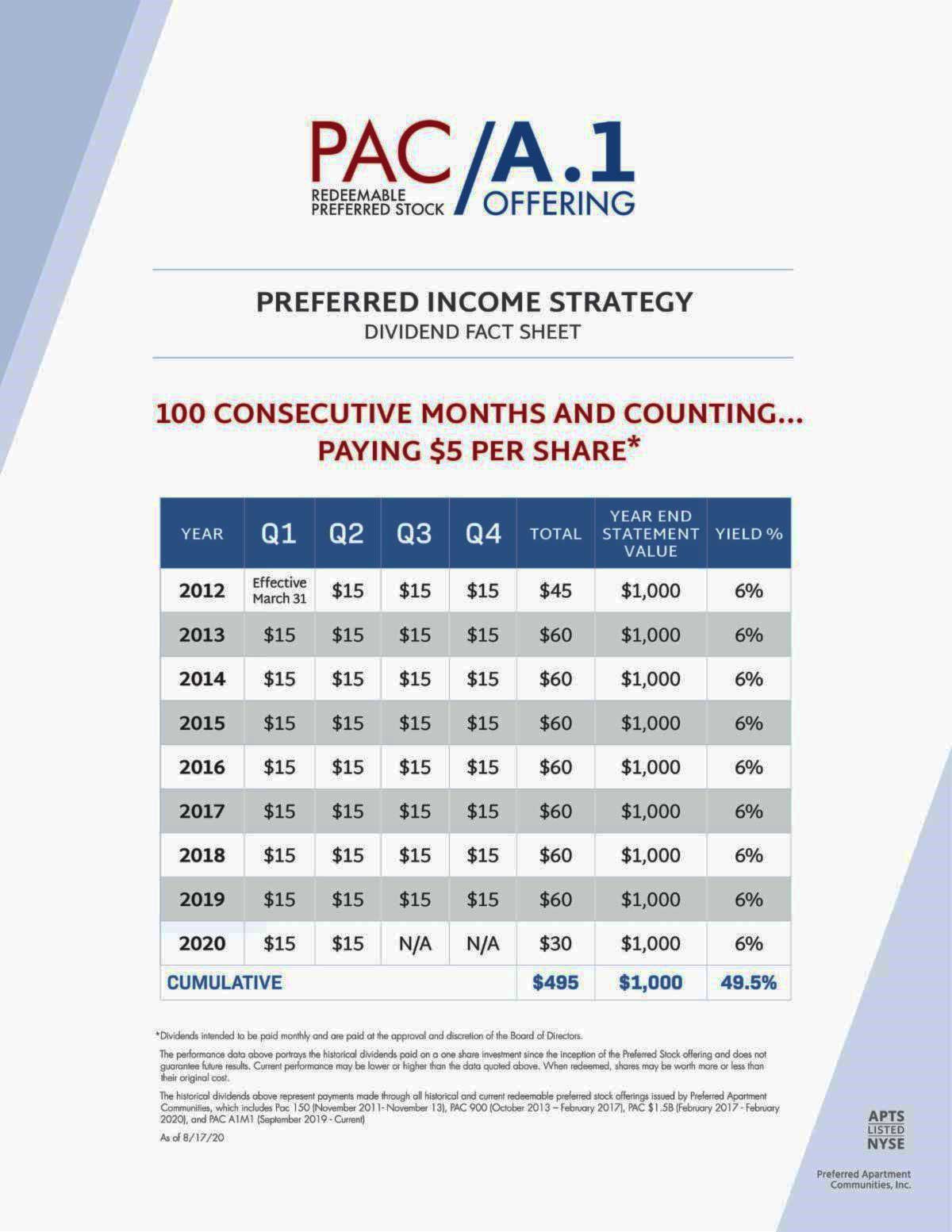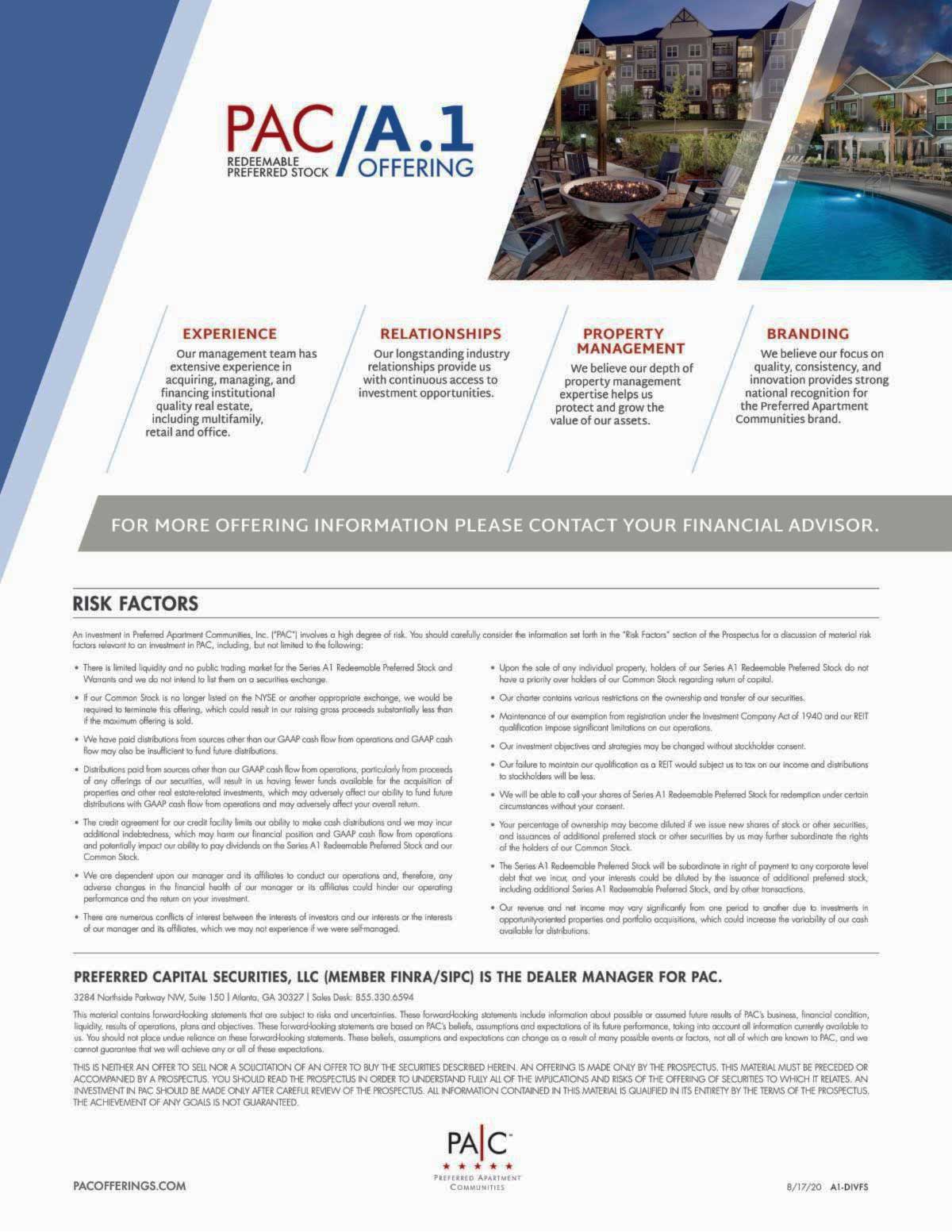“Football combines two of the worst things in American life. Violence punctuated by committee meetings.” – George Will
“Depression is merely anger without enthusiasm.” – Steven Wright
“Suppose you were an idiot, and suppose you were a member of Congress, but I repeat myself.” – Mark Twain
Today all the above may be true, but with a decrease in the number of football games which many seem to enjoy. Luckily, we will still be able to stuff ourselves with ‘turkey and all the fixin’s’ while foodbanks and unemployment lines are stretched to the MAX.
Please increase your charitable contributions and ask me about ESG (Environmental, Social & Governance) investing. It may be far more important than previously thought.





